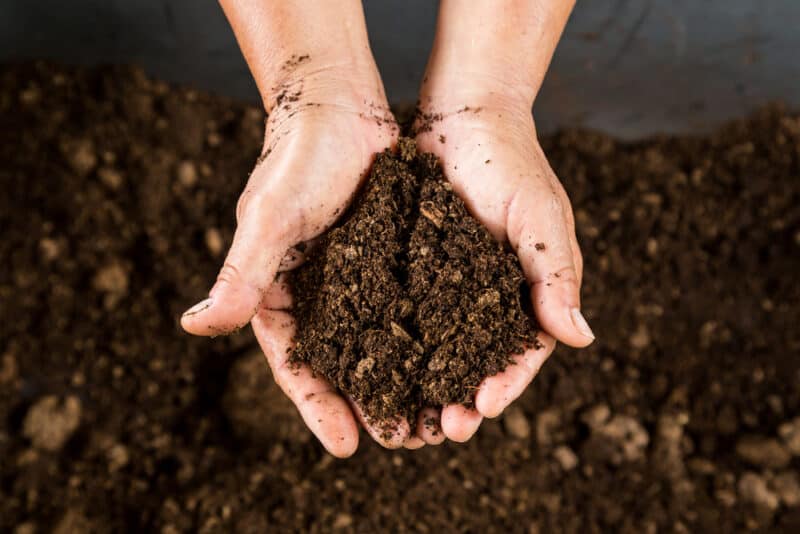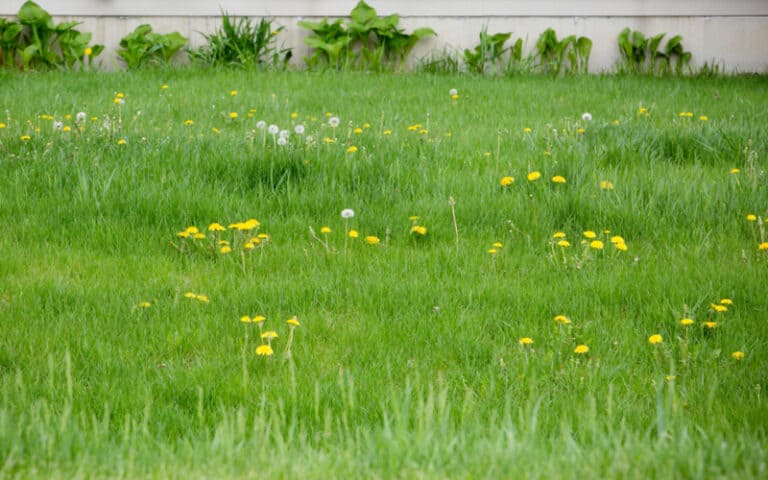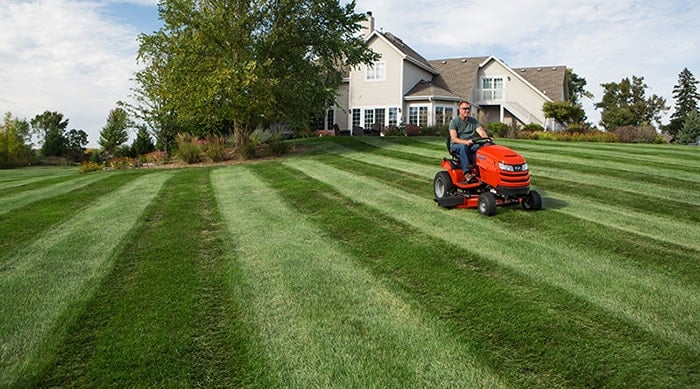How Much Does Peat Moss Cost?

Peat moss is controversial, because it’s considered a non-renewable resource used in the lawn and garden industry. The price has essentially doubled in the last decade, and the cost isn’t likely to drop in the near future. How much does peat moss cost? This depends on several factors, including the quality of the peat moss, and the quantity you buy. Generally, the price of peat moss ranges from $5 to $25 per cubic foot.
How Much Does Peat Moss Cost?
There’s a huge range of prices for peat moss. The lowest listed cost is $4.33 per cubic foot, but prices can rise much higher. This may lead you to assume that the more expensive the peat moss is, the higher quality it will be. This isn’t always the case.
Peat Moss Measurements
To get a good idea of how much peat moss is, you’ll need to understand the ways peat moss is measured. The two measurements used are quarts and cubic feet. There are 25.71 dry quarts per 1 cubic foot. This means it takes nearly 26 quarts to make 1 cubic foot. So, if you find a bag of peat moss that is 8 quarts, this is about 3 times less than 1 cubic feet of peat moss. This confuses many consumers, causing them to think that they get more peat moss when buying quarts, because the number is bigger.
Peat Moss Cost Examples
Now, let’s take a look at a few examples of peat moss and their cost. Premier Horticulture sells 2.2 cubic feet of peat moss for $48. The bag weighs 36 pounds, and is equivalent to 56 dry quarts. On the other hand, Sunshine offers a bag that contains 3 cubic feet of peat moss for $19. This is the equivalent of 77 quarts. It’s a much larger bag than Premier Horticulture offers, for less than half the price. Perhaps you don’t need a large bag of peat moss. Miracle-Gro offers an 8 quart bag of peat moss for about $7.
Is Expensive Peat Moss Better?
Now that you see how much the price of peat moss can vary, it’s natural to wonder if the more expensive types are worth the price. There are a few differences in peat moss that can affect the price, but you may be surprised to find out the difference is not that significant.
Peat Moss Quality
Essentially, the quality of the peat moss itself is determined by the area where it’s harvested. Logically, you would expect the highest quality peat moss to be the most expensive. However, peat moss manufacturers don’t provide exact details on where they harvest the moss, so there’s no way to know for sure if one is higher quality than the other.
Moisture Content
More expensive types of peat moss usually have a slightly higher moisture content. Moist peat moss will weigh more than dry peat moss. This is the case with most types of plant matter. If you need your peat moss moist, you can simply soak it in water if you choose an economical peat moss.
How It’s Sifted
Premium peat moss will have little to no debris, while economical options will contain sticks and wood chips. This is a clear difference in inexpensive and expensive peat moss. However, this doesn’t impact the quality of the peat moss itself. If you want to save time, choose a premium peat moss. If you are more concerned about price, you can easily remove any debris from the moss by hand. This is particularly true if you only have a small area to cover with peat moss.
Is Peat Moss Ethical?
There’s a lot of controversy around peat moss. In fact, environmental groups and even governments are currently working to ban the use and harvesting of peat moss. I must admit, I was convinced that using peat moss was bad for the environment. I was sure it was a non-renewable resource, and using it was destroying the environment. It turns out, just like the price of peat moss, the truth isn’t that simple. When peat moss is harvested, a bog is drained to access the moss. It takes between 15 to 25 years for the bog to recreate 1 inch of peat moss.
It certainly sounds like a non-renewable resource, right? 25% of the world’s peat bogs are in Canada. Only .03% of these peat bogs have been harvested. In fact, according to the CSPMA, or Canadian Sphagnum Peat Moss Association, the industry harvests about 71,000 acres of peat bog in Canada.
Over 40,000 acres are currently being harvested. More than 17,000 acres have already been restored. The industry plans to restore more than 10,000 more acres. Nearly 1,500 acres have been converted to land for other uses.
This paints a completely different picture of the peat moss industry. In fact, because Canada has such a large amount of unharvested peat bogs, each year they gain 60 times the amount harvested in new peat moss. Much of this comes down to the companies that harvest peat moss. If they are ethical, they work to restore the bogs they harvest from, and minimize any environmental impact. They aren’t simply taking everything from the bog and leaving it destroyed. They are actively restoring the bogs after harvesting.
How Much Does Peat Moss Cost FAQs
Is peat moss expensive?
Peat moss is expensive when compared to other types of soil amendments. Low cost peat moss is around $5 per cubic foot. Pine bark and compost are less than half this price, at less than $2 per cubic foot.
What can be used instead of peat moss?
This will depend on what you are using it for. Typically, it’s people who are worried about their landscaping, gardening, and edging who want to know this. Generally, coconut coir is the most popular peat moss alternative. Other options include pine needles and compost.
How can I minimize the environmental impact of peat moss?
To avoid harm to the environment, you should research the company before you buy. Many companies today sustainably harvest peat moss. Buying from these companies is environmentally responsible if you don’t want a peat moss alternative.
How much peat moss do I need?
One cubic foot of peat moss covers 24 square feet with a one inch layer. To determine how much peat moss you need, you’ll need to determine how many square feet you need to cover, and how deep the layer should be. If you are using peat moss in potted plants, you can mix one part peat moss with one part potting soil.






